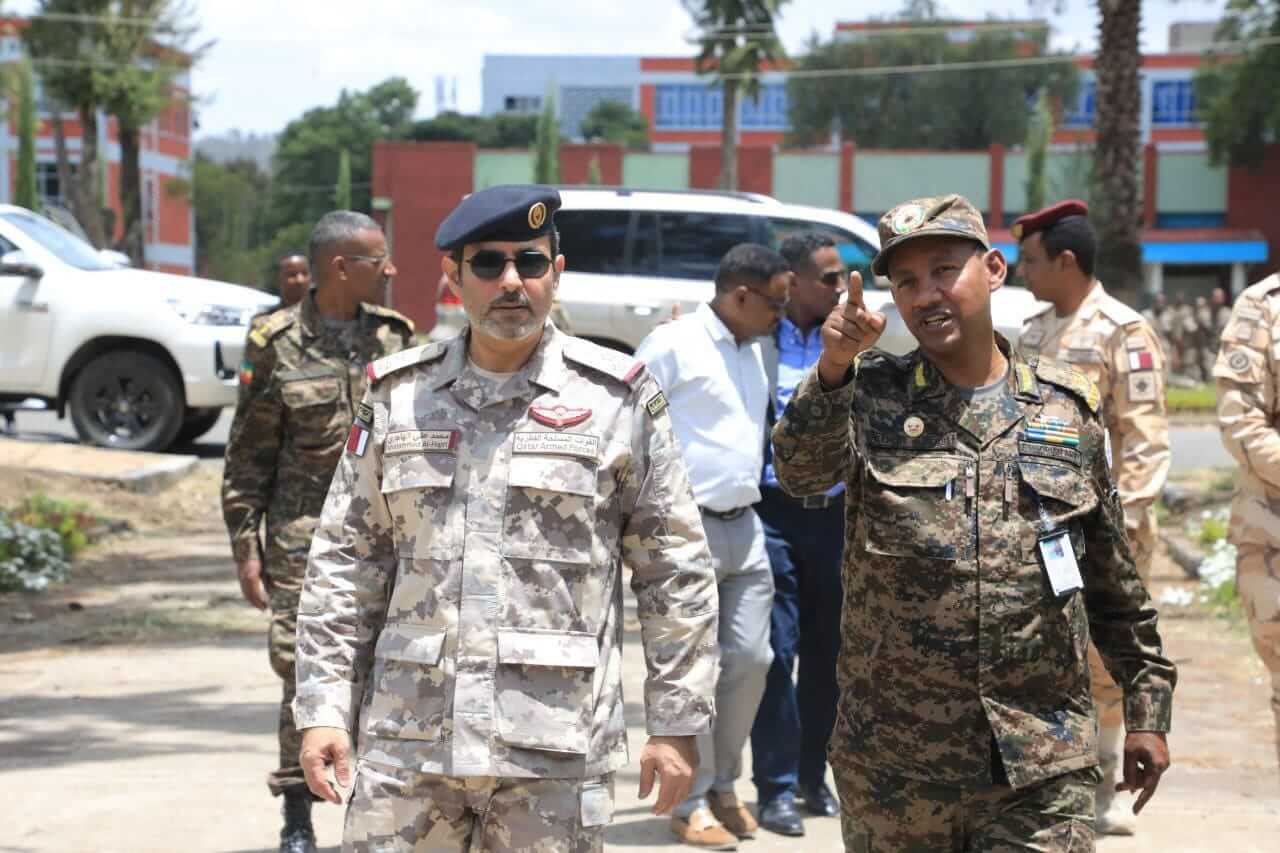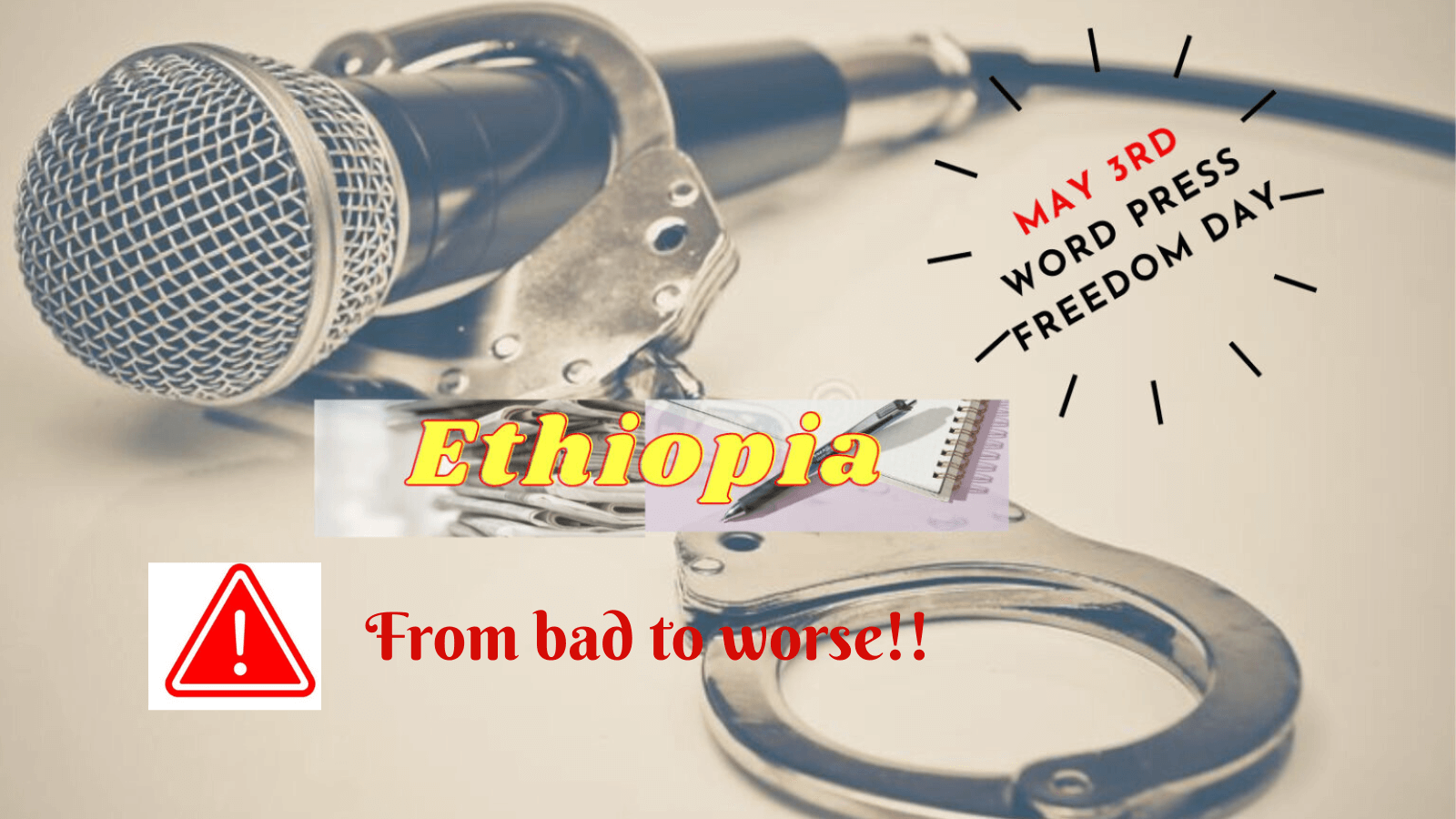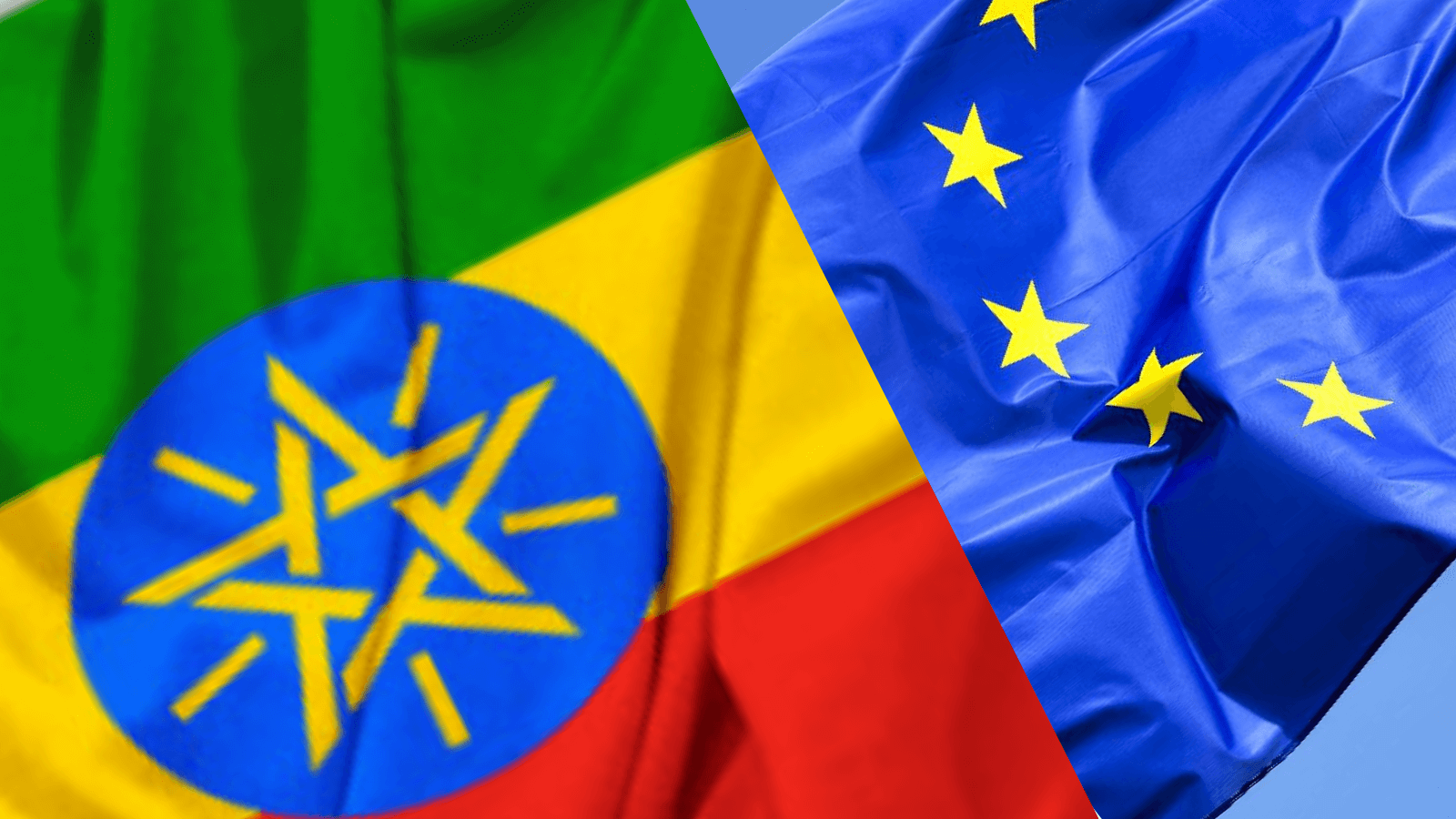The Interview: Kelela for Children: Protecting victims of child sexual abuse
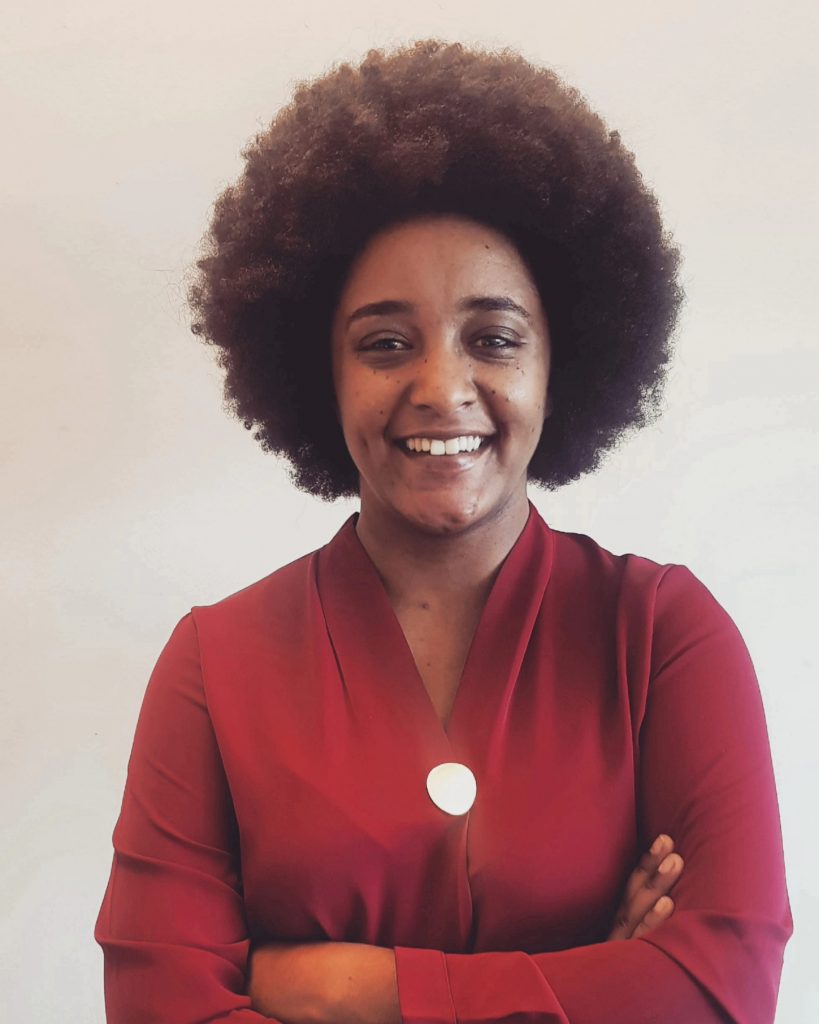
Selam Mussie, Kelela Project Manager
Addis Abeba, September 04/2020 – Gender-based social problems have been critical to society in terms of developing a productive and healthy generation with strong psychological and emotional readiness. Child sexual abuse can occur in a variety of settings, including home, school, or work (in places where child labor is common).
Child sexual abuse can cause physical injury and psychological problems like depression, post-traumatic stress disorder, and anxiety that often extends to further victimization in adulthood. Sexual abuse by a family member is a form of incest and can result in more serious and long-term psychological trauma, especially in the case of parental incest.
Ethiopia has been working to alleviate gender violence by setting legal frameworks and operational institutions. A broader context Ethiopia has ratified the Constitution, and different subordinate laws that deal with issues of violence against children. Uplifting society’s awareness through different outlets and campaigns has been also exercised to some extent. However, child abuse is reported to increase despite the laws and efforts to mitigate the problem at a national level.
The non-governmental sector including private initiative, however, is contributing to the effort to aware the society. Kelela is an emerging initiative that is working to promote awareness towards child abuse and what to do when problems encounter through its digital platform called Kelela Guides.
Kelela Guides (ከለላ) is a digital platform created by a group of female activists to address deeply rooted social problems. According to their official brochure, Kelela aims to fight systems that enable and perpetuate such problems.
Kelela will be produced in five local languages, those being (Afaan Oromoo, Afar, Af Soomaali, Amharic and Tigrinya) in addition to English. A guidebook for children was published on different social media platforms run by Kellea including (kelelaguides , Telegram, Twitter and their official website www.kelela.org) with the goal of teaching families, caretakers and teachers about child sexual abuse and best ways of assessing, preventing and intervening in instants of sexual assault.
Addis Standard’s Etenesh Abera sat down with the project manager, Selam Mussie
Addis Standard: How did the idea for the project manifest? How long has it been operating and how the project is run?
Selam: It has been almost two years since we started this project. It took a lot of time because it is mainly operated by volunteers. We were inspired by the international social media campaign #METOO. I shared two of my friends’ childhood stories of sexual abuse and the consequences that continued to affect them during adulthood on social media. After I shared these stories, I received many messages from different people who went through the same traumatizing events. None of these people have ever shared their stories since in most cases the perpetrators were family members, neighbors and sometimes teachers.
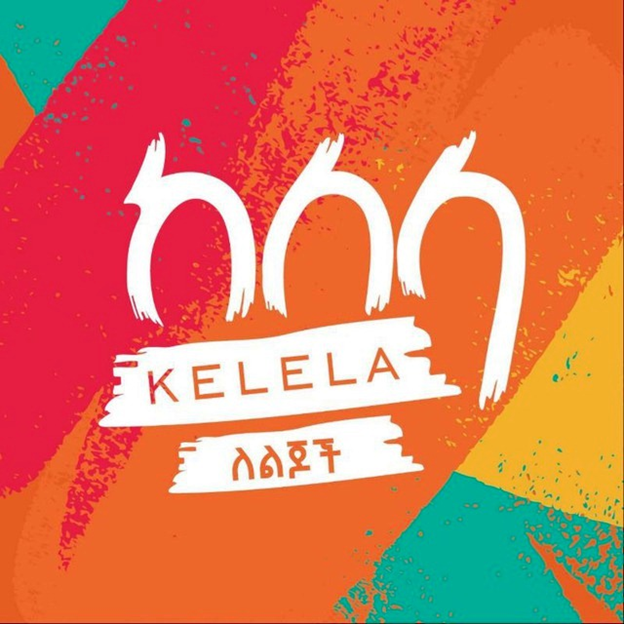
I did my masters in gender studies and media; so I waited until the idea was fully formed in my mind and after a year when it took shape, I immediately started to organize with individuals who had similar interests. Initially it was me who brought everything together. What we learned from stories and research is that, most of the time the abuses happen by people who are very close like family members which makes it difficult for children to actually comprehend and speak out using proper vocabulary. We don’t have the vocabulary language for it because we’ve never been taught.
Kelela will be produced in five local languages, those being (Afaan Oromoo, Afar, Af Soomali, Amharic and Tigrinya) in addition to English
Most probably the parents also went through similar things but refrain from speaking on the issue. This issue is a taboo topic in our community. We still don’t have psychologically befitting vocabulary to teach our children about sexual abuse. If parents learn how to initiate the conversation with children, they can understand the signs and help them. But parents, caretakers and teachers don’t have the skill to help children communicate if anything happens to them. You can see it is extremely rare to speak out about sexual abuse regardless of socio-economic status. So our goal is to bridge the gap and to build trust good enough to initiate a conversation between children and their families. In other words, If/when abuse happens they can identify the signs and be able to intervene. It’s not a norm in our culture to talk about emotions, and mental health and if/when there are physical consequences, both parents and abusers usually think that the problem will go away once the injury is treated. They think that everything will be forgotten and can go back to normal. They think children will forget when they grow up. But, the effects follow them into adulthood. It affects their behaviors so much so that they may seek professional help.
With regards to legal issues while dealing with these things, even though we hear these stories, we don’t know where to go or what to do. People don’t know whether to seek medical treatment or legal services first, if they seek those services at all. We decided to prepare this guidebook to provide people with references as well.
AS: Who were your content editors?
Selam: Like I said, my work is related to communication and gender studies so I organized a team. The first team consists of Dr Azeb Asamnew who is a psychiatrist, Henock Hailu, a psychologist and Akilele Solomon, a lawyer. They collectively wrote the content. The contents include measures of prevention, ways to identify the signs exhibited in children of different age groups, mechanisms on how to deal with children who suffered sexual abuse and how to handle oneself when doing so. Also there are guidelines that explain how to seek medical and legal services and what to expect from them.
My vision while we were preparing this guidebook was to dedicate it to the community. Because the project was inspired by women who I’ve never met but were kind enough to share their stories and let those stories be included in the guidebook. We all have stories that are buried deep in our hearts that we’ve never shared with anyone. Most of these women who had the courage to speak out, shared a brief part of their stories. This is because they don’t remember and it is hard to recount such traumatic events. These women make up the second team that was supervising the writing process. This guidebook belongs to them. The project is run by volunteers. That’s the reason it has taken this long. The speed of which the document was done could have been faster if we spent more money on it but instead we choose to take our time with the resources we had. It’s important to point out that there are as many people who care as much as there are abusers.
Everyone who I mentioned is a part of the project. I wanted everyone to look at Kelela for children and say “I am a part of this.” This is why we took our pre-launch campaign to social media
We gathered data through focus groups discussions with teachers and parents. The teachers are from Tinsae Birehan, primary public school. This school is located at Kazanchis and students are mainly middle to lower class. The teachers are experienced in dealing with students from diverse backgrounds.
Everyone who I mentioned is a part of the project. I wanted everyone to look at Kelela for children and say “I am a part of this.” This is why we took our pre-launch campaign to social media. On Monday, August 12, 2020, our social media army started the campaign. I want to add that I may have started this project but all these people brought it into fruition.
AS: How was the feedback for the pre-launch campaign with pictures containing abuse stories circulating heavy online? When will be the final guidebook launch?
Selam: Yes the pre-launch campaign was successful, more so on Twitter than Facebook and Telegram. The guidebook was published as of yesterday but for some small details we planned to launch on Thursday Aug 20. The stories in GIFs are actually parts of the guidebook. The available information we have on sexual abuse are either through statistics or in terms of the perpetrators. We decided to share these intimate stories quoted directly from the victims. We wanted the information to resonate with readers and emphasize the psychological impacts of sexual abuse in the long run.
Two years ago, when we began working on this project we collected stories via Google forms anonymously. They were allowed to disclose their identities if they wanted to. We collected more than 30 stories at a time, in addition to ones we were told in person. We also facilitated a hotline for people who might need psychological counselors after recounting their traumatic stories. There is more to Kelela. We plan on introducing more tools that focus on gender based violence, gender equality and other related issues. We hope these tools will bring about systemic change and contribute to the wellbeing of our community. Kelela for children is the first tool for parents/caretakers and teachers. There is more to come.
AS: What will you do to reach the vast community other than the online platform? Will the guidebook be available for the public in print?
Selam: When we say the broader community, we mean those who don’t have the luxury to access the guidebook from the internet and those who can’t read and write as well. When we were doing focused group discussions, there were mothers who were too afraid to press charges. There were also economic problems. They were not aware of the fact that there are rehabilitation centers for victims of sexual assault. There are many factors that lead us to start an online platform. The main reason is that we are not a legally registered organization as a result we are not able to get grants to go further than online platforms. We will partner with stakeholders such as the Ministry of Women, Children and Youth. We will have these institutions print and distribute for free. We have done our best to put together the content for any interested individual or group to publish. Audio books will be made available in the near future and translations in five more languages ( Afaan Oromoo, Afar, Af Soomaali, English and Tigrinya), initially we will start with Afaan Oromoo, English and Tigrinya then we will further translate the guidebook into Afar and Af Soomaali. Depending on demand, we will also translate it to other African countries’ languages in their respective contexts.
In Ethiopia, there are a lot of requirements to be legally registered. We need an office and a lot of other formalities which we can’t fulfill at the moment. If it were possible, we would love to be registered digitally
AS: Is there any plan to establish Kelela as a legally registered NGO? Or is it going to continue as an online platform?
Selam: We have yet to decide on technicalities. In Ethiopia, there are a lot of requirements to be legally registered. We need an office and a lot of other formalities which we can’t fulfill at the moment. If it were possible, we would love to be registered digitally. So for the coming couple of months, we will remain an online platform but we will definitely look into more alternatives. We will work on ways to have it financed as an organization because at the end of the day, money is needed to keep going.

Chapter one is all about the children sexual abuse, the abusers, the symptoms they will show after they are abused and the consequence in the long runs.
Chapter Two, explains about how parents can protect their children from abuses. It answers the question what kind of behavior one would notice on abused a child of different age group. Additionally it teaches how to protect children with special needs.
Chapter Three tells what to do after abuse happened. How to talk to the victim child and how we can calm down ourselves. It also explains about what kind of medical treatment and legal procedures one should follow. AS


